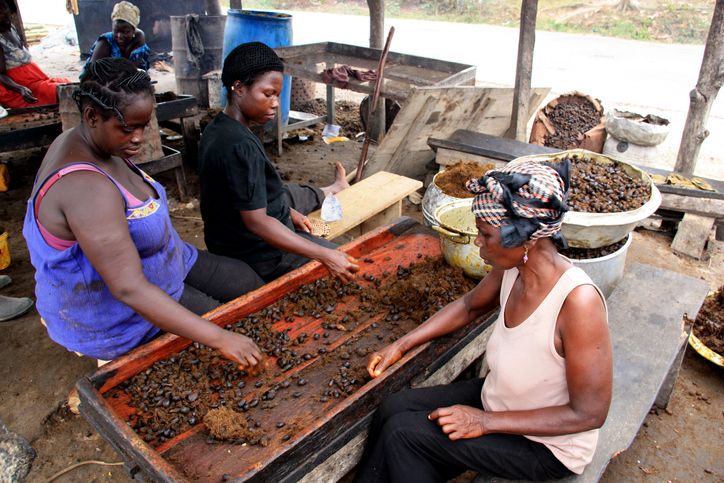Small and medium-sized agriculture businesses (SMEs) in developing nations are facing a $106 billion funding gap, according to ISF Advisors, a sector-specific strategy group.
In its recent report published in partnership with Commercial Agriculture for Smallholders & Agribusiness (CASA) — with support from the UK Foreign, Commonwealth & Development Office and USAID — ISF estimates that around 220,000 “agri-SMEs” in sub-Saharan Africa and Southeast Asia need a total of $160 billion in financing; but just $54 billion of that is being met through formal channels.
The funding needs for these businesses are made even more urgent as developing countries look to adapt their food supplies and economies to climate change. Also, taken together, such nations are now the biggest emitters of greenhouse gases, according to the Center for Global Development – which puts their contribution at over 60%.
Adding to this apparently dire picture is another data point from the Climate Policy Initiative, which indicates that small-scale agriculture received just 1.7% of the total $530 billion in global climate finance tracked between the years 2017 and 2018.
Private investment gap is the biggest
Given this, investing in developing market innovations that can bring down the ag industry’s footprint appears crucial. But the ISF report highlights a particular gap when it comes to the class of funding typically tapped by startups: venture capital.
Private equity and venture capital funding for agri-SMEs in developing nations totals only $1 billion to $2 billion per year, according to ISF. It suggests that misalignment of expectations between the companies, investors, and financiers play a large role here. For example, investors’ “expectations around risk-adjusted returns, ticket size, and investment horizon often don’t match up with the investment readiness, scale, and capital strategies of agri-SMEs, the report says.
How innovation in farm payments can create a welfare system for the environment – read more here
Agri-SMEs’ biggest sources of financing are local commercial banks that contribute $40 billion in short to medium-term loans with strong collateral obligations. Notably they prefer to invest in larger, more mature enterprises within the SME sphere, such as established aggregators and local processors who command regional or national markets.
Then there are the public development banks and social lenders that typically provide short-term finance and working capital loans for the lower-growth, less mature, and less profitable agri-SMEs; these contribute between $3 billion to $4 billion.
Closing the agri-financing gap
The ISF report suggests four long-term changes that could close the gap systematically over time:
- Donors need to find ways of building infrastructure around climate finance. This means specifically establishing a taxonomy setting out what constitutes environmentally sustainable investments in agriculture, integrating climate expertise into agri-SME financing, and making larger investments.
- Better enabling the growth of a large number of commercially investable agri-SMEs, which could anchor local bank markets for finance.
- Developing infrastructure, incentives, and capacity for the local banks and funders which are needed to serve smaller and less commercially viable agri-SMEs.
- Making blended finance more efficient and effective.




